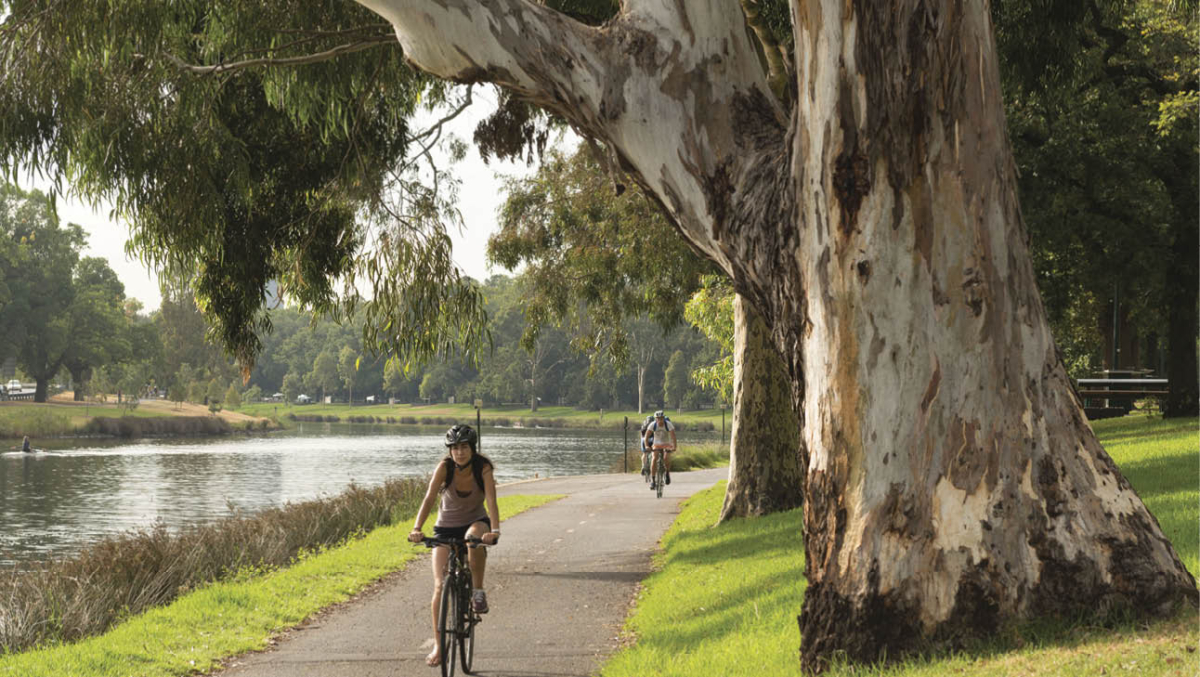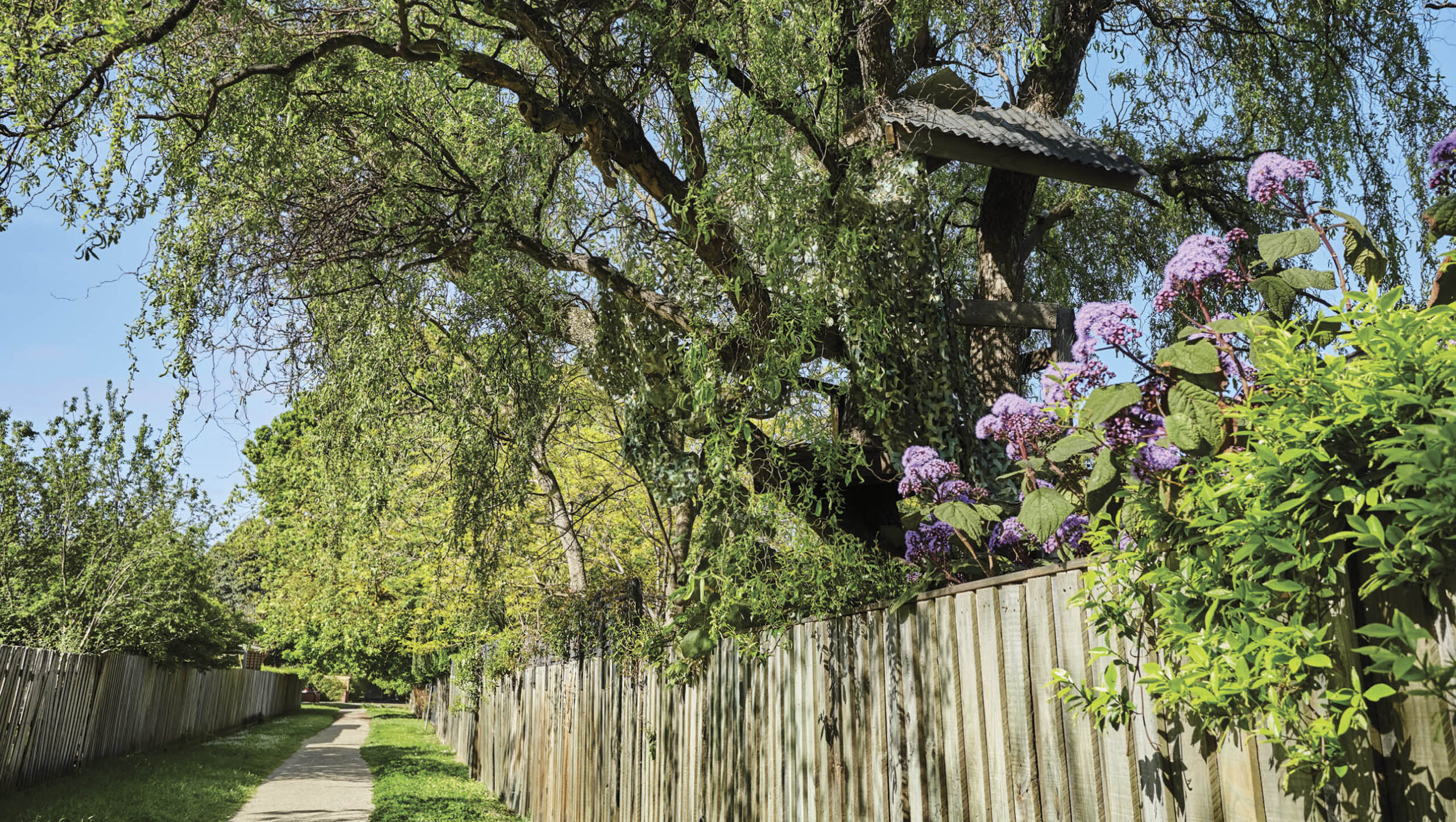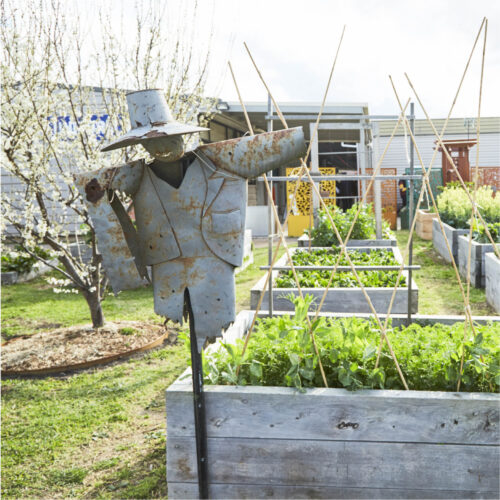How trees cool homes in a warming climate
2024-09-09T13:57:26+10:00
Trees green urban landscapes, help cool homes and add beauty, writes Angie Roach. The best bit? We can plant them ourselves.
While trees are energising us, they are also helping alleviate climatic extremes both locally and globally by moderating the effects of the sun, rain and wind.
Clive Blazey, in his book We Speak For The Trees, says “Planting trees is one of the simplest, most impactful actions gardeners can take to mitigate the future impacts of climate change.”
We know trees absorb and filter the sun’s radiant heat, keeping things cool in summer and they can also provide a screen from harsh winds. In addition to influencing wind speed and direction, they shield us from heavy rain, sleet and hail. The canopy of trees acts as a filter, trapping dust and absorbing pollutants from the air as well as reducing noise and solar radiation.
In addition, trees:
• Increase biodiversity by creating habitats and providing food for a diverse range of creatures. They attract pollinators and other beneficial insects, helping to create ecosystems that sustain themselves. Trees provide homes and food sources for a huge range of insects, birds, microbats, gliders and possums.
• Shade and cool surrounding temperatures, reducing power required for air-conditioning.
• Reduce pollution and assist in carbon sequestration.
• Create a sense of place, creating greenery and lushness, and connecting us to nature.

The right trees
So how do you get started increasing them around your home, apartment block, school or neighbourhood? Putting plenty of thought and consideration into species selection before planting your trees goes a long way to ensuring success. Begin with a shortlist and explore your choices.
A few things to consider:
• Position: Where are you planting your tree, what is the aspect, prevailing winds? Choose a species that suits your microclimate.
• Size: Consider the size and shape of your tree once mature – will it hang over eaves and cause a leaf problem, will it grow over a neighbour’s boundary, will it shade out your vegie patch.
• Evergreen or deciduous: Deciduous trees provide summer shade while their bare branches in winter allow heat to penetrate the house. Evergreen trees are great for screening, cooling in summer and can insulate underneath, regulating temperatures in winter.
• Introduced, native or indigenous: Native and indigenous species are more likely to attract native insects and birds. Indigenous (native to your local area) will already be adapted to your region.
You can read Angie’s full feature on choosing trees to help keep your house and neighbourhood cool in our Early Summer 2022 issue (OG 137). There’s a selection of back issues available here — you can also subscribe and get the most recent issues delivered to your door!







